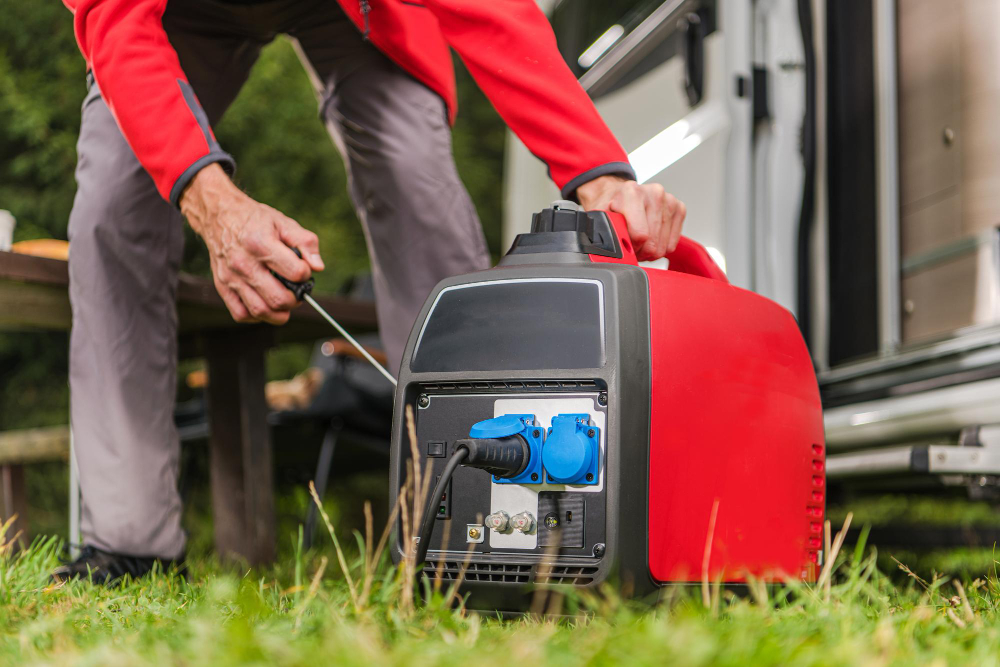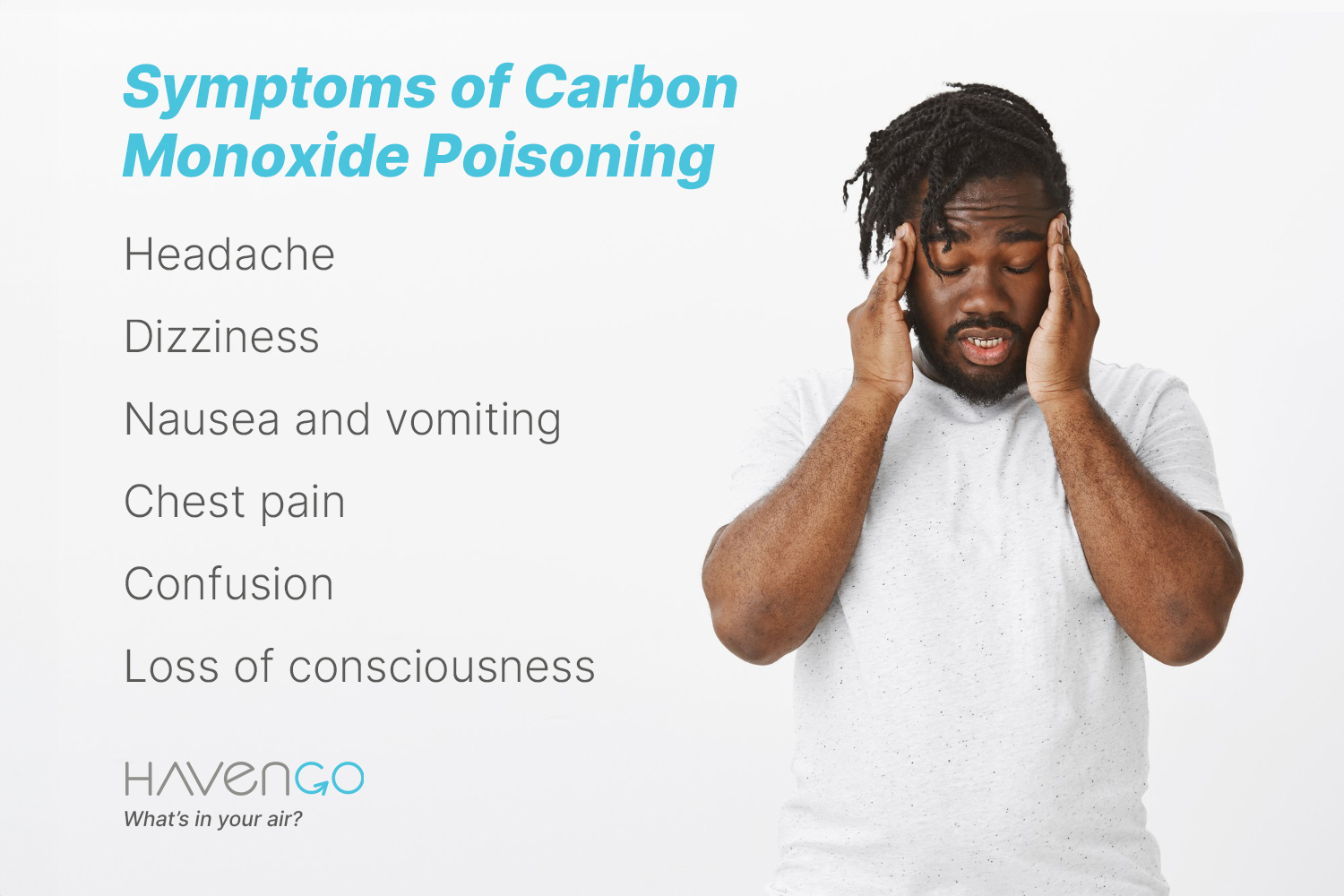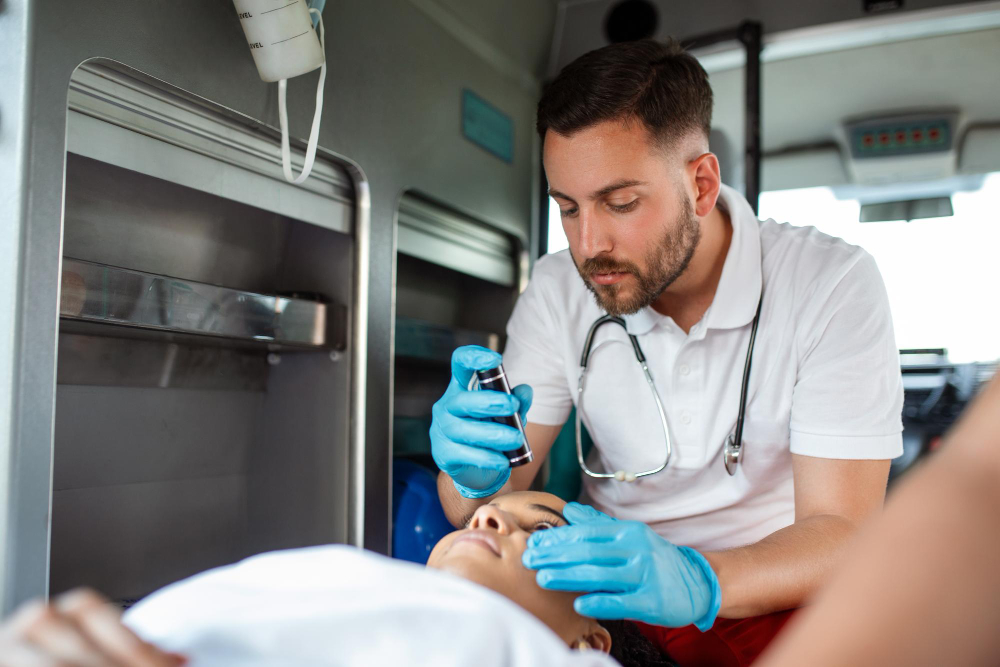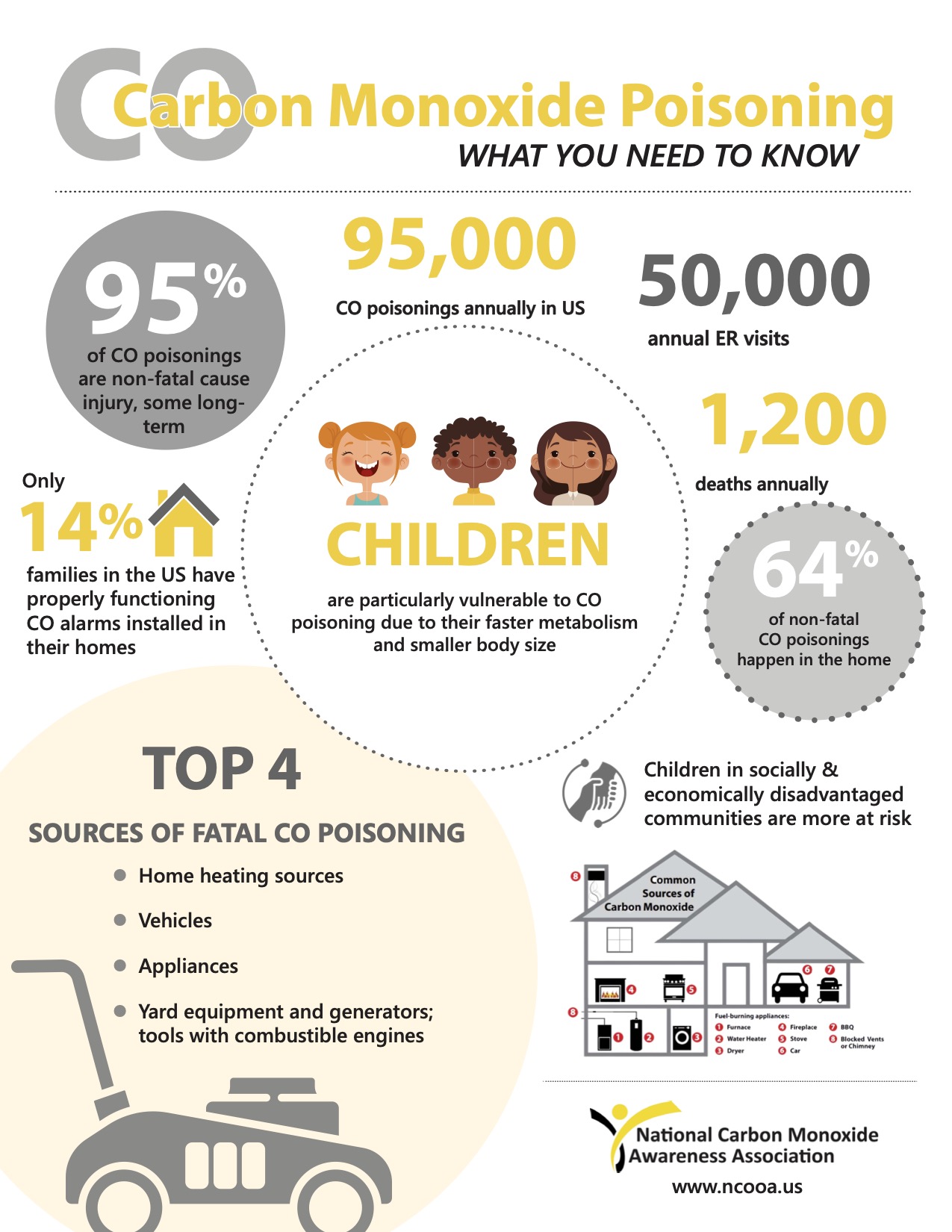Combating Carbon Monoxide Poisoning, The Silent Killer
The countless news stories this week reporting on a death possibly caused by carbon monoxide poisoning are heartbreaking. The son of former New York Yankee Brett Gardner was vacationing with his family in Costa Rica when he passed. It’s suspected that the machine room, located next to his room, is to blame.
Carbon monoxide creates truly dangerous situations. It’s something we’re passionate about bringing to light here at SAAM Inc. We’ve been working hard to develop the technology in HavenGO to detect these dangers before they become dangerous. What drives us is that while the Gardner family’s story is tragic, it's one of over 1200 each year, according to provisional CDC data. CO is a proven problem with over 100,000 cases of CO poisoning each year, and more than 14,000 of them resulting in hospitalization.
What everyone is wondering… How do people not know they’re in danger?
Dr. Flarity, the Executive Director of the Marcus Institute for Brain Health, Co-Founder and Deputy Director of the CU Center for COMBAT Research, and Associate Professor in Emergency Medicine, puts it this way, “Carbon monoxide is known as the silent killer because it is odorless, tasteless, colorless. Typically, people do not know they’re getting exposed, whether mild or severe.”
Even at low levels between 10 ppm (parts per million) to 30 ppm, people can start exhibiting symptoms of headache, nausea, confusion, and more. So the answer is simple and scary: You can’t see, smell, or taste it. The only true way to know it’s there is with sensor technology, or identifying symptoms of its effects. The good news is that you’re not helpless. Knowledge is power, and knowing more about where CO comes from, what the symptoms are, and how you can prevent exposure is the surest way to ensure a safe and healthy space.
Where does carbon monoxide come from?
Appropriately referred to as the "silent killer", CO leaks are a relatively regular occurrence, especially during the colder months when heating systems are in use. Common sources of carbon monoxide include:
- Vehicle or engine exhaust
- Malfunctioning appliances (furnaces, space heaters, water heaters, gas dryers)
- Portable generators
- Gas stoves and ovens
- Fireplaces
- Backdrafting (when a fireplace, portable generator, etc. are not used properly it can draw CO back into the home)
Carbon monoxide can build up in enclosed spaces and can worsen as the parts per million increase. Several factors can contribute to CO leaks, including:
- Malfunctioning or poorly maintained heating equipment
- Improper ventilation
- Blocked chimneys or vents
- Accidental fuel leaks

What are the symptoms of CO poisoning?
CO poisoning can have serious health consequences, including:
- Headache
- Dizziness
- Nausea and vomiting
- Chest pain
- Confusion
- Loss of consciousness
- Death
These health effects highlight the reason to be vigilant about our indoor spaces. Even if treated, in severe cases, CO poisoning can lead to long-term health problems, such as brain damage and heart disease. Certain groups, such as infants, young children, the elderly, and individuals with respiratory or heart conditions, are particularly vulnerable to CO poisoning and may begin to exhibit symptoms at lower concentrations.

How can you prevent carbon monoxide poisoning?
Prevention is simple. A carbon monoxide detector (like HavenGO) in your home can test for concentrations of CO regularly and will alert you when there is a problem. In addition to a detector, you can follow these steps:
- Test your detectors regularly
- Place detectors lower, around knee height
- Have a detector at every level in your home, including the basement
- Consider additional detectors inside attached garages and outside each sleeping area
- Properly maintain your heating equipment and have it inspected annually
- Ensure adequate ventilation in your home, especially when using gas-powered appliances
- If you use a gas stove or oven, turn on your hood vent while cooking
- Be aware of the symptoms of CO poisoning and seek medical attention immediately if you suspect exposure

What to do if your carbon monoxide detector alarm goes off?
If your carbon monoxide alarm goes off, immediately evacuate the building, get everyone (including pets) outside to fresh air, and call 911. Once outside, make sure you are far enough away from any CO sources, such as outdoor generators. When you call 911, report the alarm and inform them you’ve evacuated. After finding and removing the source, emergency personnel must ventilate the area until it is safe. Do not re-enter the premises until emergency services have determined it’s safe.
Check for carbon monoxide poisoning symptoms such as headache, weakness, nausea, chest pain, confusion, or vomiting, and seek immediate medical attention.

How HavenGO is changing carbon monoxide detection
Launching in 2026, HavenGO will enter the indoor air quality monitor market as the most advanced. While it’s important to know all you can about air safety, laboratory-grade technology brings new levels of health and safety to our homes. We’re excited to deliver HavenGO to anyone wondering what is in their air and offering best-in-class AI sensor fusion to keep us safe no matter what space we’re in. Follow HavenGO on Instagram and LinkedIn to continue to learn about the air your breathe, and be the first in line for your own HavenGO in 2026.
Subscribe to learn more about the importance of indoor air quality and the opportunity to be one of the first to own a HavenGO.

